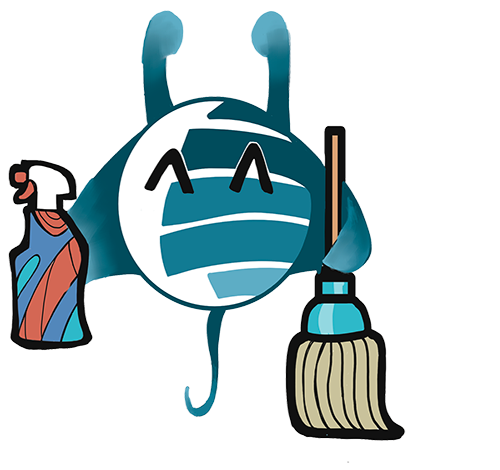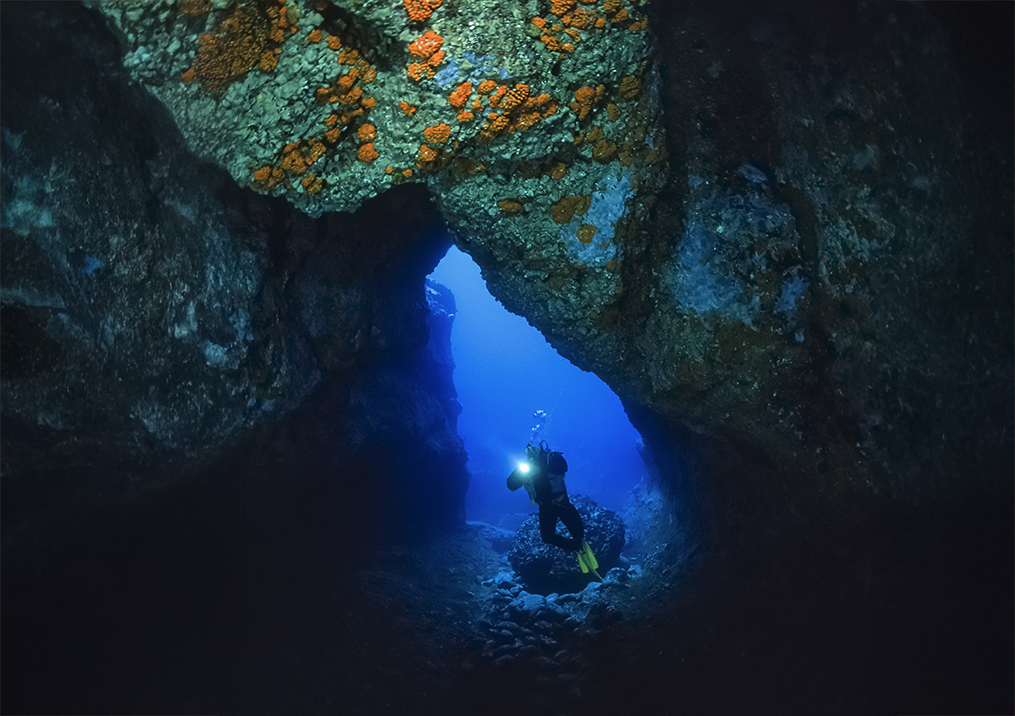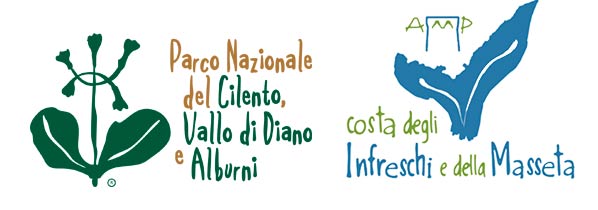n the mesolittoral caves, which are completely or partially submerged depending on the movement of the tides, plants are present near the entrances or in points where light reaches. These are also encrusting red algae such as Phymatolithon lenormandii, which prefers shaded areas, Hildebrandia rubra with great adaptability and Catenella coespitosa, widespread in the Adriatic and on the western coasts of Italy. The fauna, on the other hand, is largely represented by sponges, coelenterates, bryozoans, serpulids and madrepores such as the yellow madrepore Leptopsammia pruvoti and the madrepore Polycyathus muellerae. Then there are crustaceans such as the crab Dromia personata, the mechanical shrimp or pink alifantozza (Stenopus spinosus), which lives up to 500 meters deep and, as for fish species, the black brotola (Grammonus ater), a nocturnal species that lives up to 700 meters. This type of cave in Sardinia was once frequented by the monk seal (Monachus monachus).
The semi-dark caves are populated by very brightly colored species such as the sea daisy (Parazoanthus axinellae), the red coral (Corallium rubrum), the yellow madrepore (Leptosammia pruvoti), the madrepore Phyllangia mouchezii, whose polyps are the largest in the Mediterranean, the madrepores that live in shaded areas Hoplangia durotrix and Caryophyllia inornata, as well as gorgonians. And there are hydroids, bryozoans, ascidians such as the orange Pyura dura, cicadas, lobsters, crayfish, shrimps and, among the fish, brown grouper (Epinephelus marginatus), brown meagre (Phycis phycis), conger (Conger conger) and the Marseille goby (Gammogobius steinitzi).
The presence and variety of animals in the dark caves is less, where species that usually live outside the caves at great depths, where little light filters, have adapted. Among these, the porifera Petrobiona massiliana, a living fossil that had been thought extinct, and then polychaetes, serpulids, foraminifera, crustaceans such as the cave crab (Herbstia condyliata), the red sea snail (Homalopoma sanguineum) and, among the fish, the orange cardinalfish (Apogon imberbis), which lives in burrows up to 250 meters, and the black brotola (Grammonus ater), also present at considerable depths.







